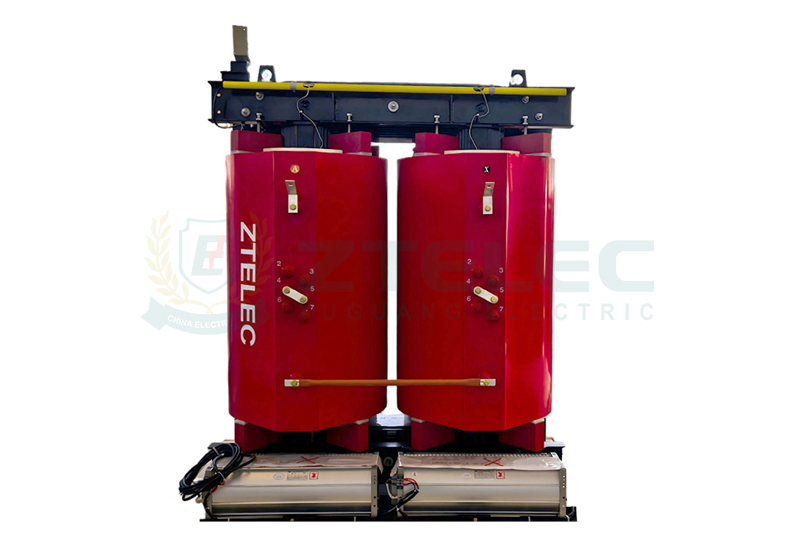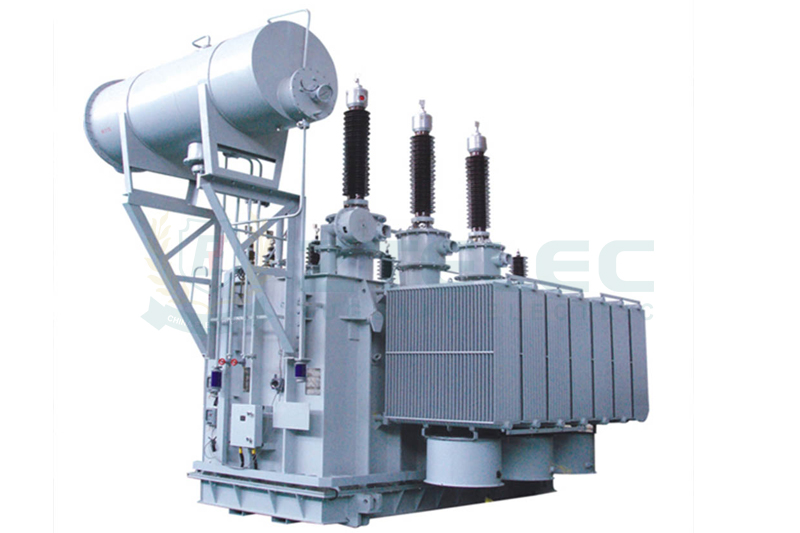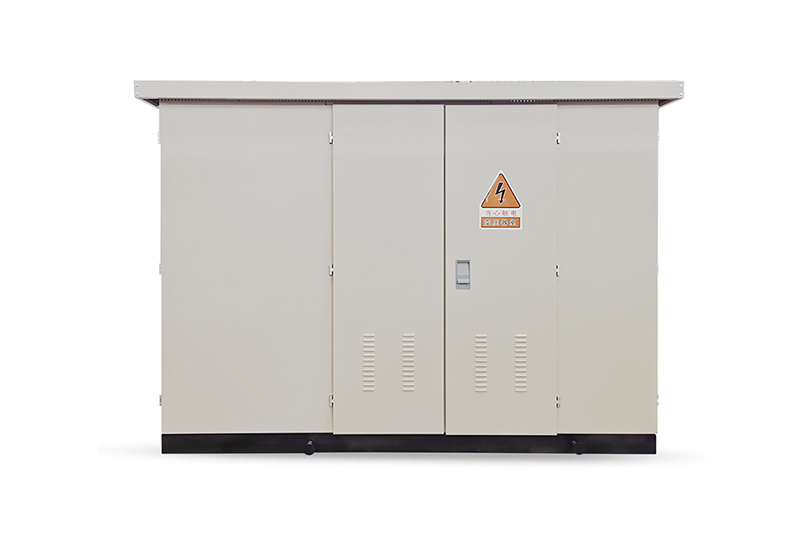How to Choose a Cost-Effective Dry-Type Transformer: A Practical Selection Guide
Time:2025-07-8 Auther:ZTelec-www.ztelectransformer.com
Dry-type transformers are essential equipment in modern power distribution systems. With oil-free insulation, they offer environmental protection, safety, and low maintenance, making them ideal for commercial, industrial, and public infrastructure applications. However, choosing a truly cost-effective dry-type transformer requires careful evaluation of usage scenarios, technical parameters, supplier reliability, and total lifecycle cost.
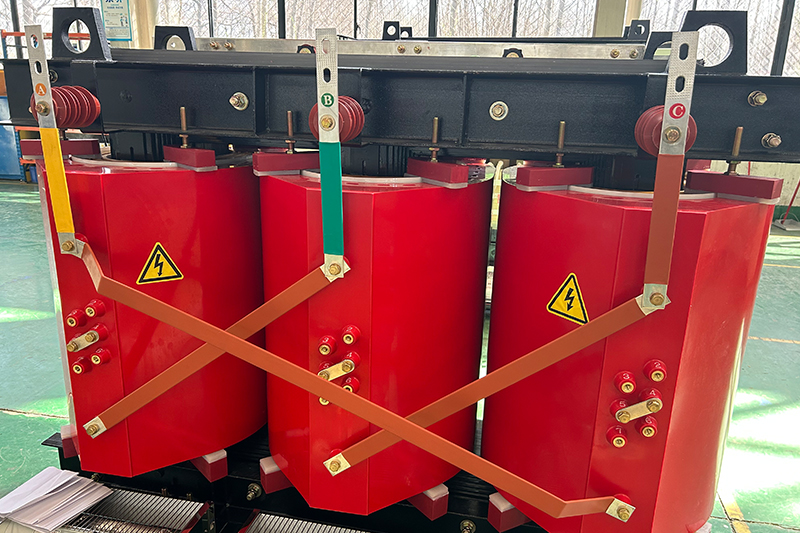
1. Choose the Transformer Based on Application Scenarios
Different usage environments have varying performance requirements. A targeted approach to transformer selection ensures better performance and optimized costs.
General commercial and industrial applications can use standard copper-wound transformers with basic IP20 protection. In stable power load environments, there is no need for enhanced heat dissipation or advanced monitoring, helping keep costs under control.
Challenging environments require specific configurations:
• In humid or dusty locations such as basements or textile factories, higher IP protection (e.g., IP44 or IP54) is recommended to prevent moisture or dust from damaging the insulation system.
• In high-load settings like data centers or steel mills, heat dissipation becomes critical. Prioritize models with optimized ventilation channels, heat sinks, or forced air-cooling to ensure reliable full-load operation over time.
2. Key Principles for Selecting Dry-Type Transformers
Energy Efficiency Comes First
Investing in energy-efficient transformers—preferably one level above the national standard—can deliver significant long-term savings. Although the upfront cost is slightly higher, the savings in electricity bills pay off over time. For instance, a 1000 kVA high-efficiency transformer can save thousands of dollars per year compared to a standard model, recovering the cost premium within 5–8 years.
Material Quality Determines Durability and Efficiency
• Copper vs. aluminum windings: Copper has lower resistance and better thermal conductivity, making it ideal for heavy-duty or continuous-load applications.
• Core material: Choose high-grade silicon steel or similar low-loss materials to reduce iron losses and improve overall efficiency.
Cooling Method Should Fit the Operating Conditions
• Natural air cooling (AN): Best for medium and small capacities in well-ventilated areas.
• Forced air cooling (AF): Suitable for high ambient temperatures or heavy-duty loads. However, avoid unnecessary over-engineering to reduce upfront and maintenance costs.
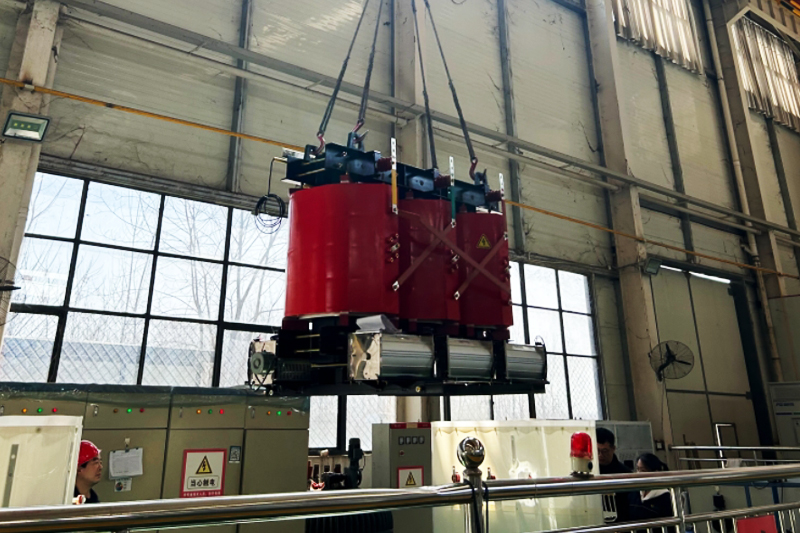
3. Evaluating Transformer Suppliers
Supplier strength plays a major role in transformer quality, delivery reliability, and after-sales support. Assess these key aspects:
Production Capabilities and Material Sources
Visit the manufacturer if possible to inspect critical processes like coil winding and core stacking. Check whether key materials (e.g., copper wire, silicon steel) are sourced from certified suppliers.
Technical Documentation and Certifications
Request and verify valid type test reports, energy efficiency labels, and product certifications (e.g., CCC, ISO, IEC). Authentic reports can be verified via national or international platforms.
After-Sales Service Commitment
Ensure clear service-level agreements, including response time. A reliable supplier should commit to onsite support within 24–48 hours to minimize downtime and avoid financial losses.
Compare Total Cost, Not Just List Price
Look beyond the quote. Some suppliers may offer lower base prices but exclude services like onsite commissioning, extended warranties, or transportation, leading to higher actual costs.
4. Cost Optimization Strategies
Balanced Capacity Planning
Choose capacity based on real needs, with a 10%–20% margin for future expansion. Oversizing may cause low load utilization and increase losses, while undersizing risks overload and downtime.
Practical Feature Selection
• Avoid unnecessary options in basic applications—such as remote temperature monitoring in indoor workshops.
• Add weather protection (e.g., rain hoods) only for outdoor installations.
• Simplify redundant functions like extra fans unless specifically required by the environment.
Focus on 5–10 Year Total Cost of Ownership
Though high-efficiency models are 15%–20% more expensive, over 10 years of operation (e.g., 8,000 hours/year), the power savings can far exceed the initial price difference.
5. Important Selection Reminders
Avoid Low-Price Traps
Suspiciously cheap transformers may use inferior copper or low-grade steel, leading to high losses, premature failure, or even safety hazards. Always assess quality alongside price.
Verify Compliance and Agreements
Check that all certification documents—such as energy labels, CCC, or type test reports—are valid and clearly listed in the purchase agreement. Key specs like energy efficiency class, protection rating, and warranty period should be explicitly stated to prevent post-sale disputes.
Choosing a cost-effective dry-type transformer is not just about finding the lowest price. It requires balancing initial investment, long-term energy savings, material quality, and supplier support. By tailoring the configuration to the application, rigorously evaluating manufacturers, and planning for long-term value, you can achieve the best mix of performance, reliability, and cost control.

